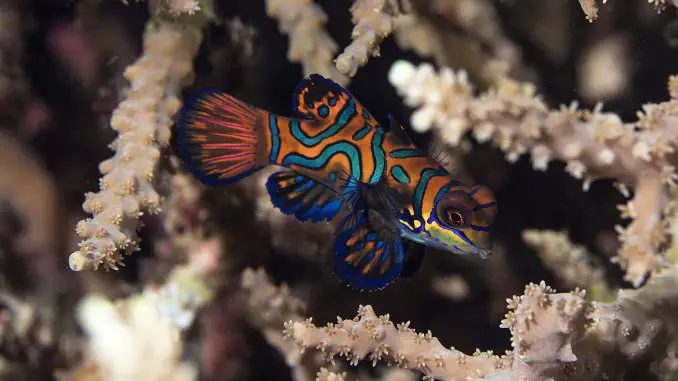
The mandarin fish is a saltwater fish that belongs to the Callionymidae family of dragonets. The fish is also known as the mandarin goby, green mandarin, and mandarin dragonet. The mandarin fish’s colorful, vibrant body makes the species popular among aquarists. Mandarin fish have broad heads and scaleless bodies and grow up to 3 inches long.
Mandarin fish are difficult to care for because of their specialized dietary requirements. This species is peaceful and does well in a reef community tank.
TABLE OF CONTENTS
Mandarin Fish Facts & Overview
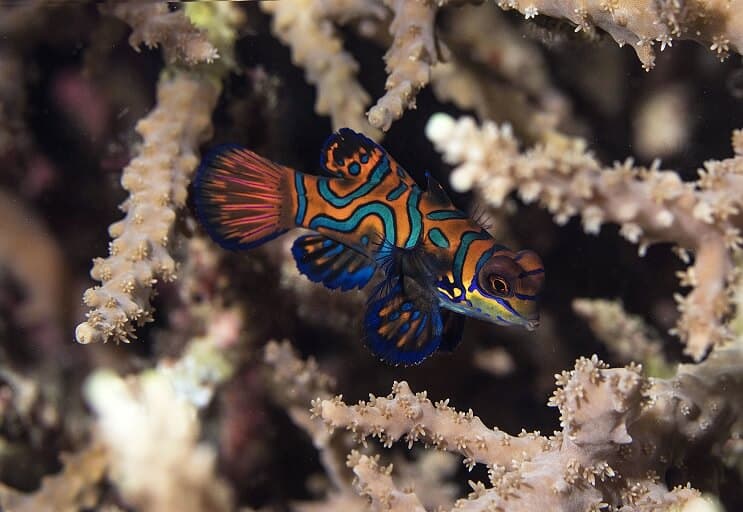
| Scientific name | Synchiropus splendidus |
| Common names | Mandarin fish, mandarin goby, green mandarin fish, mandarin dragonet, green dragonet |
| Distribution | Western Pacific Ocean |
| Size | Up to 3 inches |
| Life expectancy | 2–4 years in captivity, up to 15 years in the wild |
| Color | Varied colors — blue, yellow, green, orange, pink, purple, and red |
| Diet | Carnivore |
| Temperament | Peaceful |
| Minimum tank size | 30 gallons |
| Temperature | 72–84°F (22–28°C) |
| pH | 8.1–8.4 |
| Hardness | 8–12 dKH, 5–15 dGH |
| Care level | Intermediate |
| Breeding | Pelagic spawners (eggs are fertilized externally in the water) |
Origin
The mandarin fish (Synchiropus splendidus) is native to the Western Pacific Ocean, which stretches across the Ryukyu Islands, Australia, Indonesia, Malaysia, and China. Mandarin fish inhabit shallow lagoons and inshore reefs that are warm, slow-moving, and sheltered from light.
While common in the wild, mandarin fish are rare in captivity because of their specific dietary requirements. This species is scaleless and gets its unique blue coloration from light-reflecting cells (cyanophores).
Adult Size & Lifespan
The mandarin fish grows up to 3 inches in length, with males being noticeably larger than females.
The average lifespan of this species is three to four years in captivity, though wild mandarin fish can live for up to 15 years. Catering to the fish’s specific dietary needs and establishing ideal water parameters can help the mandarin goby live a long, happy life.
Availability
Although uncommon in your local fish store, mandarin fish are widely sold online. There are also many aquarists dedicated to raising captive-bred mandarin fish that readily accept pellets and frozen foods.
A mandarin fish typically costs between $30 and $120, though the exact price depends on size, whether the fish is captive bred or wild caught, and the variety of fish. Mandarin fish that take pellets or frozen food cost significantly more than fish that only eat live foods.
Reputable online stores to buy mandarin fish from include:
Appearance & Behavior
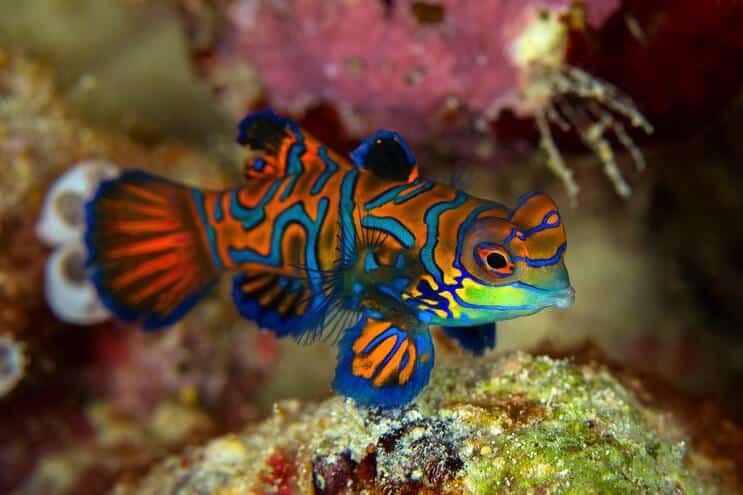
The mandarin fish gets its name from its resemblance to the brightly-colored robes of the Imperial Chinese mandarin. Despite the fish’s carnivorous nature, the mandarin species is peaceful and makes an excellent addition to a reef community aquarium.
Colors, Patterns, Fins, and Sex Differences
The mandarin fish has a vibrant, colorful body consisting of blue and turquoise shades with wavy orange stripes edged in dark blue. Instead of scales, the species has a thick, foul-smelling mucus coating.
Mandarin fish have broad heads, amphibian-like red eyes, translucent pectoral fins, four dorsal spines, and two round pelvic fins that the fish use to move across the substrate. Males are larger than females and the male fish’s front dorsal spine is elongated.
This species is commonly called the mandarin goby because its body shape is similar to that of a goby fish.
Color and patterns differ other mandarin species differ from the green mandarin:
- Striped mandarin fish (S. picturatus): Blue, orange, and black spots that spread across the body. Alternative names for this variety include the spotted mandarin and psychedelic mandarin fish
- Red mandarin fish (S. cf. splendidus): Maze-like markings with red and blue shades. The pelvic fins are red
Typical Behavior
Mandarin fish are peaceful, and shy, and spend most of their time foraging for food at the bottom of the tank. The fish are slow swimmers and don’t disturb other species.
When threatened, mandarin fish hide in caves, corals, or sand beds, and release toxins to ward off predators. Mandarin fish are best kept in community reefs or in male and female pairs. Avoid keeping male mandarin fish together because they can be territorial and fight one another.
Mandarin Fish Tank Requirements
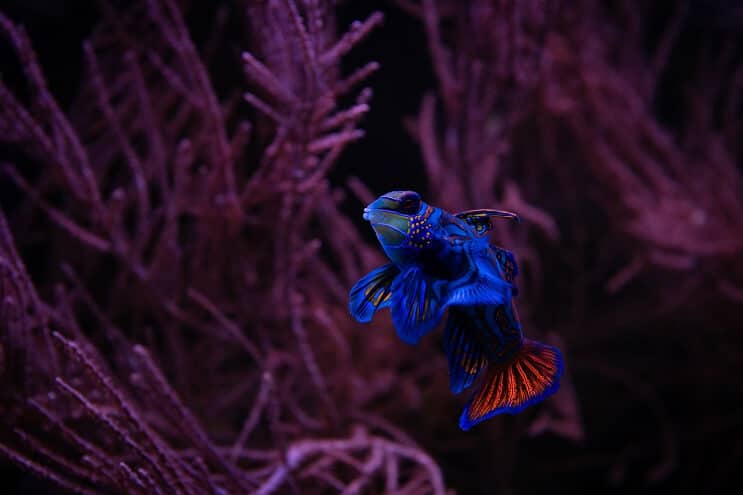
Mandarin fish are difficult to care for because they have specific dietary needs. The fish thrive in stable water conditions with a thick substrate, live rocks, and plenty of hiding spaces.
Habitat and Tank Setup
Mandarin fish live in lagoons and reefs, in warm, shallow, slow-moving water. Simulating the species’ wild habitat in the tank helps the fish thrive.
Mandarin fish need a large reef tank that can house plenty of live rocks for the fish to feed on. Opt for a 30-gallon tank at the minimum and add lots of hiding places, coral, and a thick layer of fine, sandy substrate. Keep the water at a temperature between 72 and 84°F, with a pH level of 8.1 to 8.4.
Avoid strong filtration systems in this species’ tank because mandarin fish prefer slow currents. Perform partial, 15% water changes every two weeks — or more frequently if the tank is heavily stocked.
Provide moderate lighting, 9 to 14 hours per day, to promote healthy algae growth and establish a natural day-to-night cycle.
Tank Conditions
| Water type | Slow-moving saltwater |
| Tank size | Minimum of 30 gallons for one mandarin fish, or at least 75 gallons for a pair of mandarin fish |
| Water temperature | 72–84°F (22–28°C) |
| Substrate | A thick layer of fine, soft sand to allow for burrowing |
| Tank setup | Coral, caves, and at least 75 pounds of established live rock. Provide hiding spots but don’t overcrowd the tank |
| Acidity | Alkaline, 8.1–8.4 pH |
| Water hardness | 8–12 dKH, 5–15 dGH |
| Salinity | 1.023–1.025 |
| Filter | Yes, to keep the water clean and parameters stable. Avoid using a strong filter |
| Bubbler | Not necessary |
| Lighting | Moderate lighting, 9 to 14 hours daily |
| Water heater | Yes, to keep the water temperature within the optimal range |
Though mandarin fish are resistant to parasites, water fluctuations should still be kept to a minimum to prevent stress and illness in the fish. Stable water parameters are particularly vital for a good population of copepods.
Use a thermometer and pH meter to monitor tank conditions daily, and perform partial water changes frequently.
Common Mandarin Fish Health Issues and Diseases
Mandarin fish are hardy fish that have a thick mucus coating to protect their bodies from parasites. However, the fish can still get sick if the tank isn’t well-maintained. Possible health issues and diseases include:
Health Issue | Symptoms | Suggested Action |
| Saltwater ICH | White spots, clamped fins, cloudy eyes Be aware that mandarin fish rarely exhibit white spots, even if they carry the parasite | Avoid copper-based medications. Use chloroquine phosphate or the tank transfer method (TTM) TTM involves interrupting the parasite’s life cycle via quarantining the infected fish in a separate tank, then transferring them to another tank after 36 to 72 hours. Repeat this process until the ICH is gone. Sanitize the home tank before re-introducing the mandarin goby |
| Velvet disease | Appetite loss, rapid breathing, abnormal swimming behavior, flashing | Avoid copper-based medications. Quarantine and use chloroquine phosphate. The mortality rate is high |
| Fin rot | Deteriorating fins, inflammation at the base of fins | Ensure water parameters are stable, keep the water clean |
| Starvation | Lethargy, sunken stomach, thinness | Prevention is the best method. Only introduce mandarin fish into a well-established tank with an abundant live copepod population Keep stressors at a minimum, and supplement the copepod population regularly. Target feed if necessary. Copepods are expensive, so an alternative measure is to rehome the mandarin fish until the tank is fully mature Weaning the mandarin goby onto frozen foods and pellets is possible, though extremely difficult |
Mandarin Fish Tank Mates
Mandarin fish are peaceful fish that are compatible with most similar-sized, docile saltwater species. Great tank mates for mandarin fish include:
- Pajama cardinalfish
- Clownfish
- Gobies
- Dartfish
Mandarin fish should be kept separate or in a male and female pair. Housing multiple males together in the same tank often leads to territorial aggression. Because mandarin fish are skittish, the species isn’t compatible with fast-moving fish or large, aggressive species.
Mandarin Fish Diet and Feeding
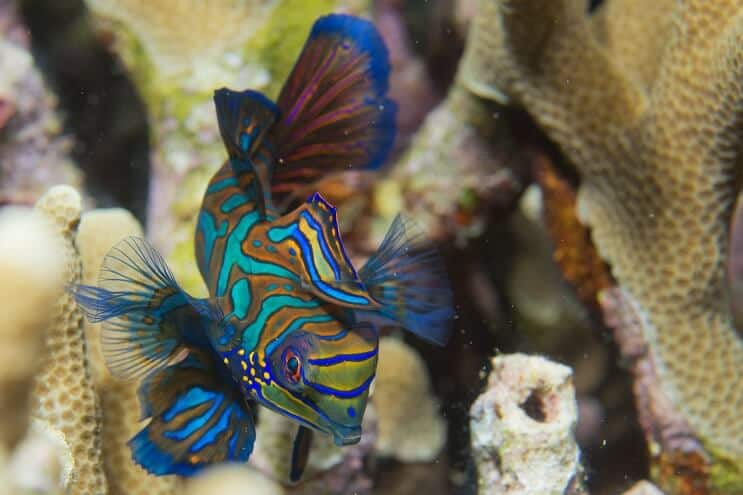
Mandarin fish are carnivores and have insatiable appetites. In the wild, the species feeds on small crustaceans, particularly copepods and amphipods. Other foods include bristle worms, fish eggs, and snails.
Captive mandarin fish are picky eaters and rarely accept frozen or prepared foods. Instead, these fish require a live, stable supply of copepods to thrive.
The tank should be well-established, with at least 75 pounds of live rock for the mandarin fish to continuously feed on. Supplement the fish’s diet with the occasional live brine shrimp or mysis shrimp.
Some mandarin fish, especially captive-bred fish, can be gradually transitioned onto pellets and fully-thawed frozen foods.
Breeding the Mandarin Fish
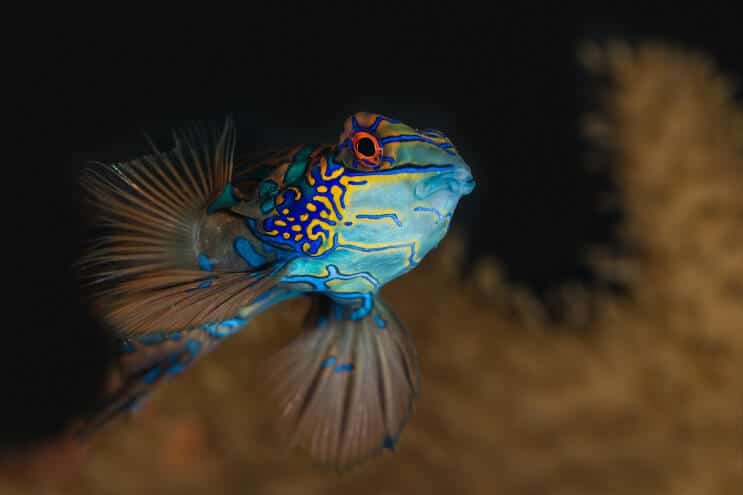
Breeding mandarin fish is difficult, but not impossible. In the wild, spawning typically occurs during sunset among coral reefs, where male mandarin fish perform a unique courtship ritual dance to attract females. An interested female then rests on the male’s pelvic fin, and the pair rises to the surface and releases their eggs and sperm into the water simultaneously.
Females are selective and prefer to pair with the largest males. It’s typically easier to buy an already established male and female pair. This species becomes sexually mature within 14 months.
Once a pair has formed, spawning occurs naturally as long as the food is plentiful and water parameters are ideal. However, you should create a separate breeding tank to give the fry the best chance of survival.
- Set up a breeding tank that’s tall, shares the same water parameters as the main tank, and has a 12- to 14-hour photoperiod. Spawning surfaces aren’t necessary because mandarin fish eggs float at the surface
- Introduce the bonded pair to the tank. The mandarin fish must both be healthy, well-fed, and at ease
- Dim the lighting for a couple of hours in the evening to simulate sunset and encourage spawning
- Remove the parent pair once spawning has occurred. After fertilization, the eggs hatch within 12 to 24 hours
- Feed mandarin fish larvae a diet of zooplankton
A female releases around 200 eggs per clutch, with each egg measuring around 0.7 millimeters to 1 millimeter in diameter. Mandarin fish larvae are extremely small and start to gain their coloration within a few weeks.
Should You Get a Mandarin Fish for Your Aquarium?
The mandarin goby is a captivating, entertaining fish that’s well-suited to reef community aquariums. You should get a mandarin fish if you have a 30-gallon or larger tank with well-established, live rocks. The water should be slow-moving and on the alkaline side.
You shouldn’t get a mandarin fish if your tank lacks live rocks or houses aggressive species. While hardy, mandarin fish aren’t suitable for beginner aquarists because of the species’ demanding and expensive dietary needs.
Despite the challenges involved in their care, mandarin fish are sure to liven up any reef aquarium with their bold, vibrant colors and unique behaviors. Avoid buying mandarin fish that appear dull, lethargic, or thin.
Mandarin Fish FAQs
Frequently asked questions about mandarin fish include:
Are Mandarin Fish Poisonous to Humans?
Yes, mandarin fish are poisonous to humans. This species is covered in spines that release foul-smelling toxins into the fish’s mucus coating when the mandarin is threatened. However, unless the toxin gets into an open wound or is consumed, it’s unlikely to cause any harm to humans.
Mandarin fish are peaceful, shy fish that don’t attack humans or other fish. This species typically only releases toxins as a method to defend itself and ward off predators.
How Many Copepods Do Mandarin Fish Eat?
Mandarin fish feed continuously and can eat one copepod every 5 to 10 seconds, with most fish consuming up to a few thousand copepods daily. Because of the fish’s insatiable appetites and intolerance of frozen foods, well-established live rock is a necessity for this species to feed on.
Some captive-bred mandarin fish can be weaned onto pellets and frozen foods like brine shrimp or mysis shrimp. However, weaning is a time-consuming process and not always successful.
Can You Mix Dragonets?
Yes, you can mix dragonets. A pair of male and female dragonets can be housed together. However, males should be kept in separate tanks because they exhibit territorial aggression.
When keeping a pair of dragonets, the tank should be spacious, have plenty of hiding spaces, and be able to support a huge live rock supply.
What Is Special About the Mandarin Fish?
Mandarin fish are special because they are one of the most captivating saltwater fish species available in the aquarium trade. The fish are bold, bright, colorful, and exhibit unique courtship rituals. Unlike most other saltwater species, mandarin fish are scaleless — instead, they have a mucus coating that protects them from predators and parasites.
Mandarin fish are also one of the only aquatic species in the world to gain their vibrant blue coloration from cellular pigment.
Can Mandarin Dragonets Get Ich?
Yes, marine dragonets can get ICH. While their mucus coating makes them resistant to parasites, the illness is still possible if the fish gets stressed or tank conditions are poor.
The mandarin fish often doesn’t get lesions when infected, which can make it difficult to determine whether the fish is a carrier of ICH.

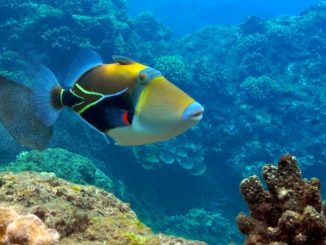
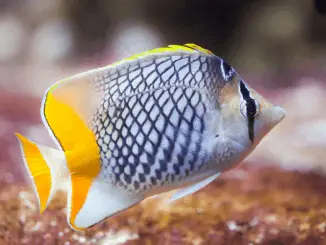
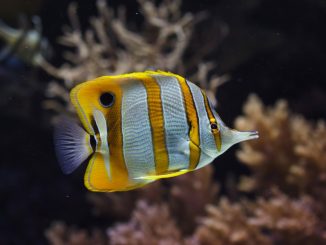
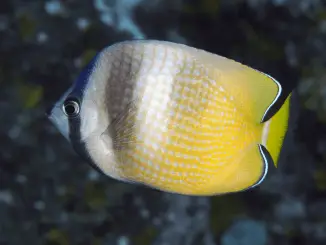
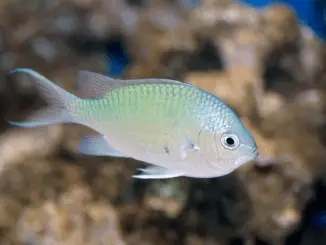
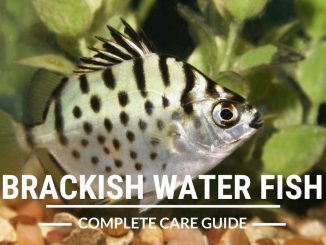
Will a puffer fish live peacefully with it?